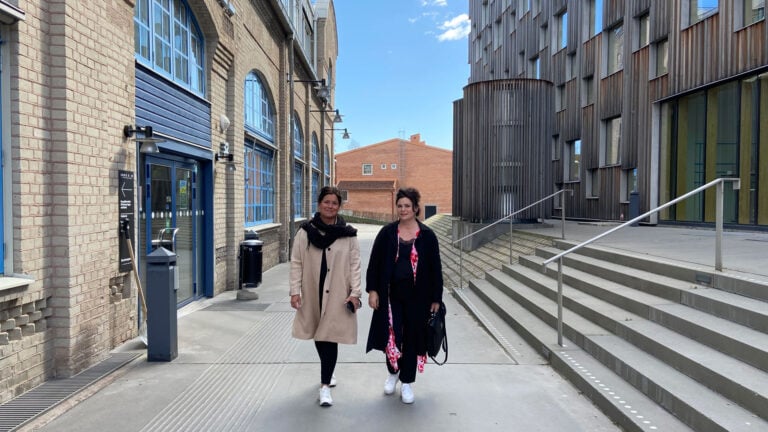Leadership is about coordinating work and skills and creating the conditions for achieving common goals.
The two basic functions of leadership are:
- To clarify: to make everyone aware of what is to be achieved, how roles and responsibilities are allocated and to ensure that everyone understands what is expected.
- To influence: to influence oneself by developing self-leadership and to influence others by the way one leads. For example, how the leader treats others and makes them feel, think and act.
In terms of empowerment, two strategies can be used: controlled empowerment and autonomous empowerment.
- Controlled impact: the leader's influence strategy evokes feelings of coercion, demand and control and can be expressed in the way he communicates or uses his body language.
- Autonomous influence: the leader's influencing strategy evokes feelings of well-being, meaningfulness and joy. It also makes people want to take responsibility, be given responsibility and find the work stimulating and exciting.
Good leadership usually involves a balance between the two strategies, but with a greater element of the autonomous influence. In other words, we need to be clear about our tasks and the expectations placed on us. We also need to receive encouragement and feedback that recognises the efforts we make and their importance.
In times of trial, such as illness and organisational change, leadership is put to the test. In 2020 and 2021, however, the role of the leader in many industries has been challenged more than usual as a result of the corona pandemic. Declining markets, changing audiences and consumer behaviours have led to changing conditions for many companies. Leadership needs to adapt accordingly.
For example, the leader can make an extra effort to create a sense of belonging and encouragement. Especially if the team is separated and working from different locations and using teams, zoom and other digital meeting aids. Leaders can also increase their clarity in communication, be careful to stay in touch with their team members to counteract anxiety or, for example, provide help and support in dealing with challenges. Being clear about expectations and goals is always important, but in times of change, structure and follow-up can become even more important. It is also important to give employees the opportunity to participate in solving the challenges they face. How a crisis or challenge is dealt with is often a matter of interaction between leaders and employees.
Reflection questions: on leadership and teamwork
- How would you describe the interaction between leaders and employees in your organisation?
- How has your interaction been affected by the ongoing corona pandemic?
- How have you dealt with the leadership challenges that your organisation has faced?
- What were the consequences?
- Have you taken the time to raise these kinds of issues for discussion? Why, why not?
Draw on your experience of leading and managing change:
- What has proven to be a positive development effort that has benefited your organization?
- What could you have done differently?
Youtube tips:
If you want more inspiration on issues of leadership, employee management and motivation, follow psychologist, lecturer and author Stefan Söderfjäll on Youtube where he shares his experiences on how we can create "a good day at work":






